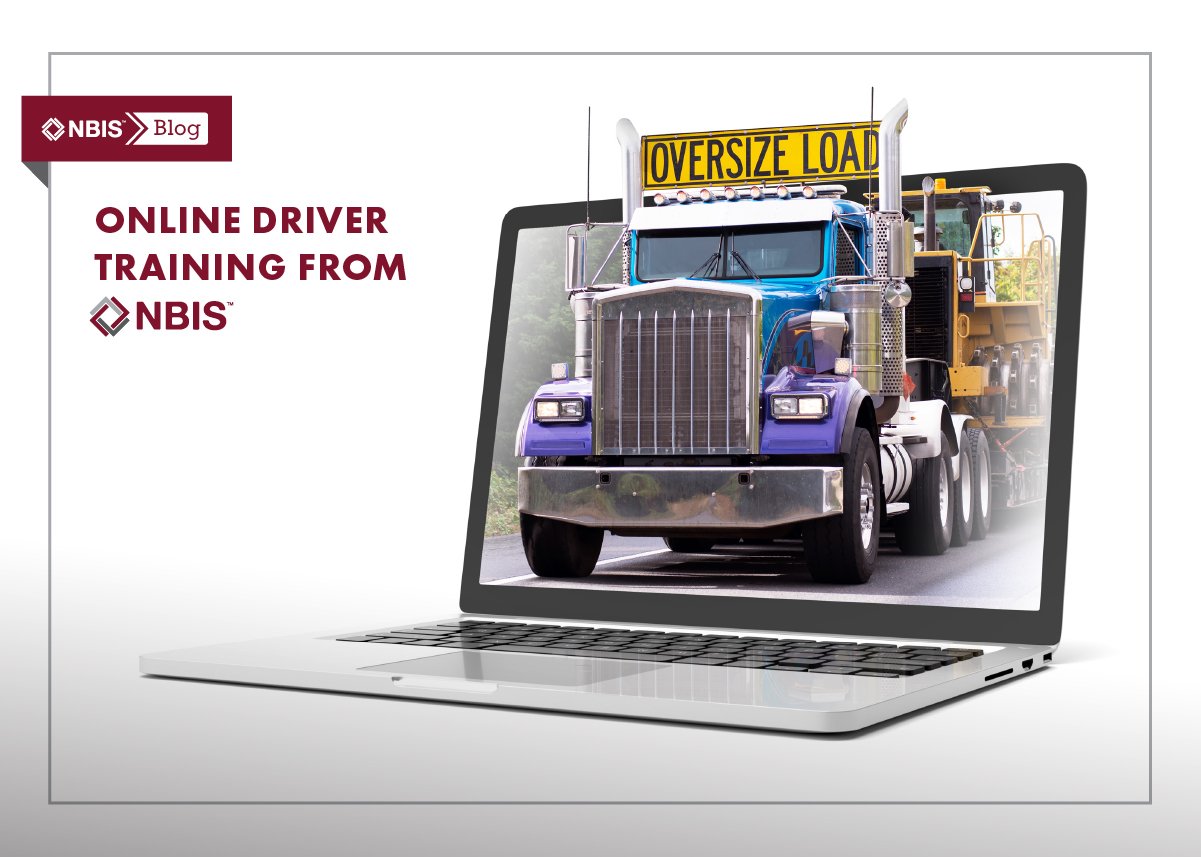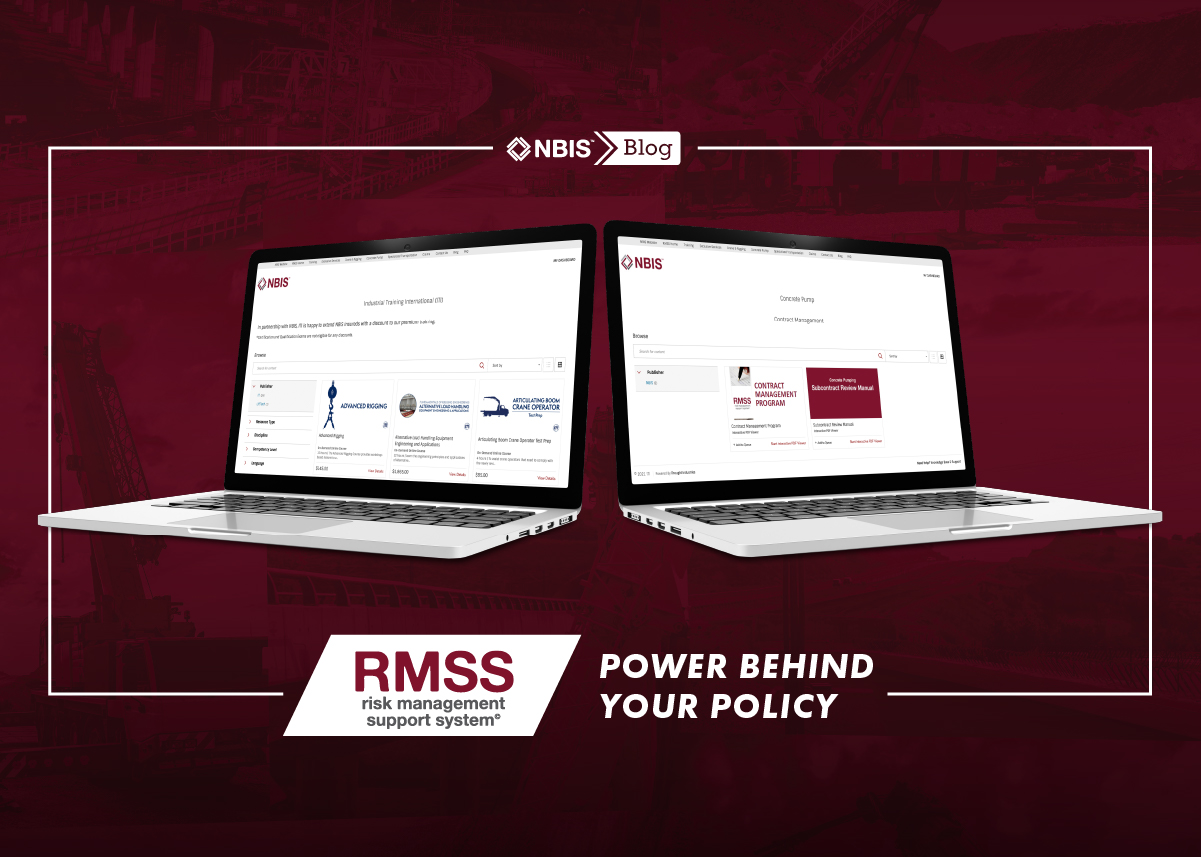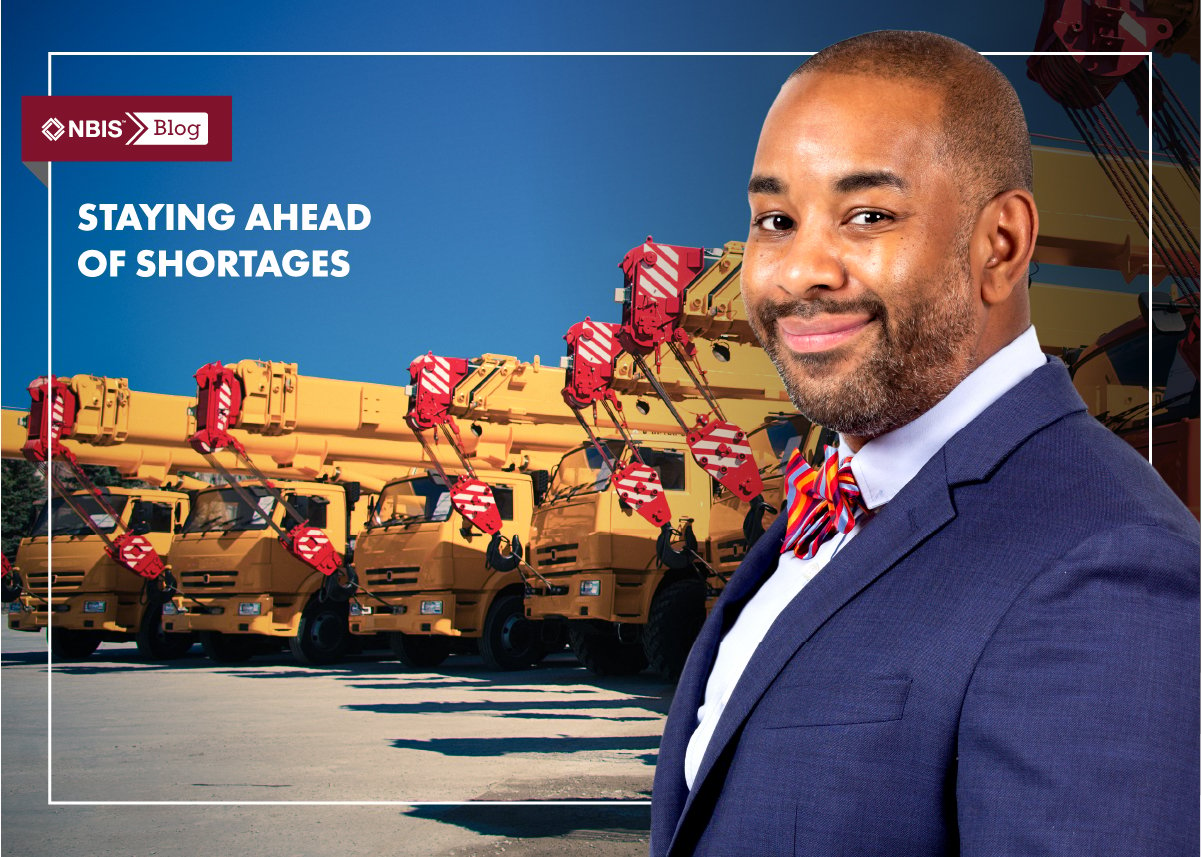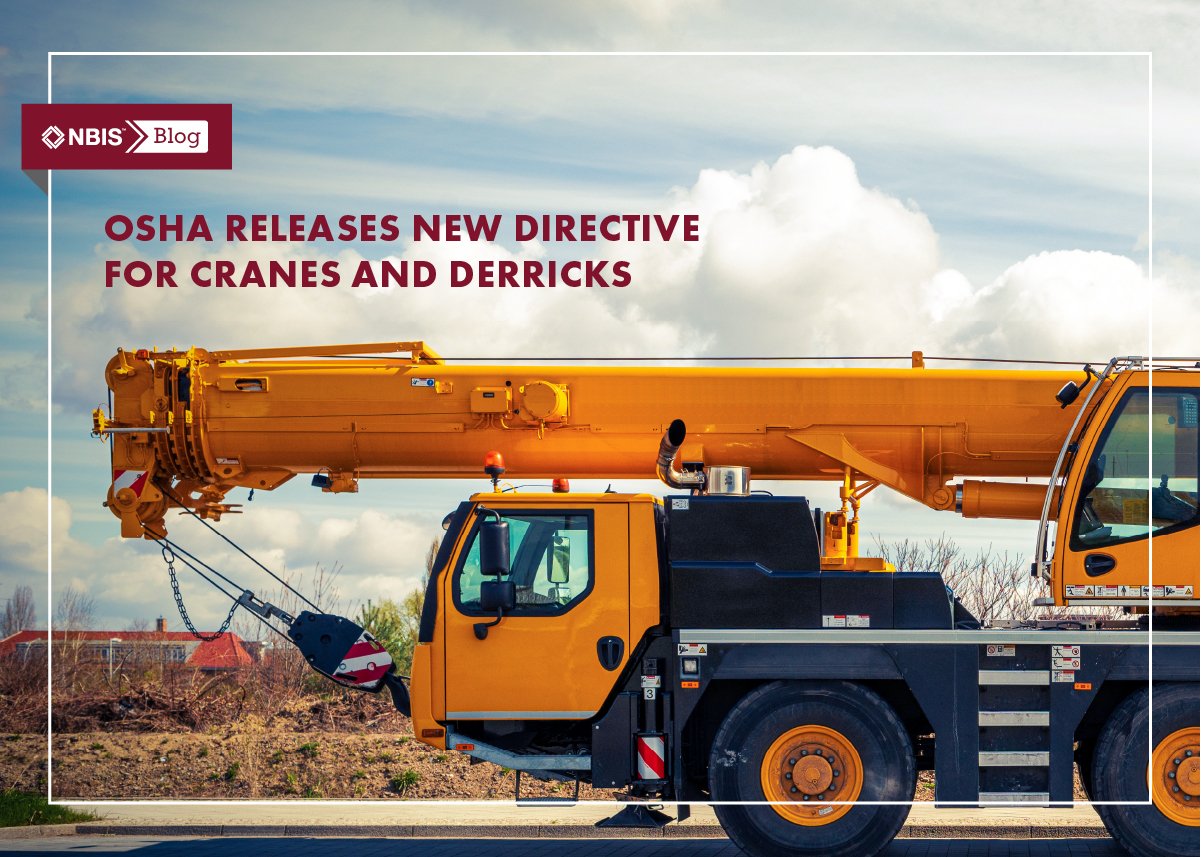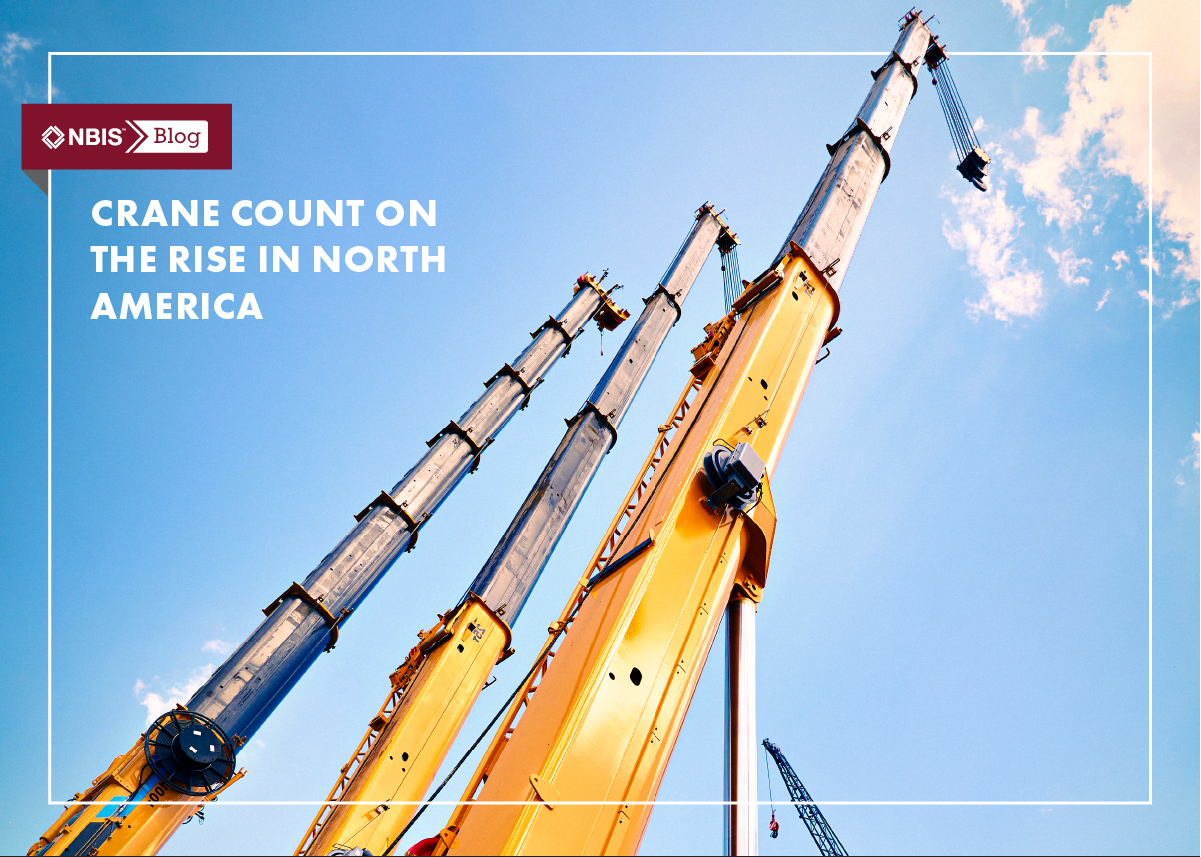Your Company’s Number One Asset—Your Employees
According to a recent report published by Associated Builders and Contractors (ABC), the construction industry needs to hire more than half a billion workers above its current pace of hiring in order to meet demand in 2022. This dearth in labor is described as the “most acute challenge” facing the industry, according to ABC’s Chief Economist Anirban Basu.
It’s not just the construction industry that’s struggling to find new workers, as we discussed in a recent blog post on the trucker shortages in the transportation industry. Construction, trucking, manufacturing, and many other industries are all experiencing critical labor shortages. Now, more than ever, it is vitally important to protect your company’s number one asset—your employees.
Does your company have a robust safety program in place, one that assures your employees that their health and safety are paramount? What is your company doing to retain existing employees, be it through career training, advancement opportunities, or other benefits? In today’s labor market, these measures can be the difference between your company staying competitive or falling behind.
Safety First
Part of the reason the construction industry is struggling with labor shortages is the fact that many younger workers simply aren’t drawn to construction jobs. According to a recent article by Construction Dive, part of this has to do with the reputation that the construction industry has for being a dangerous environment in which to work. Although construction’s safety practices have improved greatly in recent years, the notion that it’s dangerous, difficult, and unpredictable work is hard to shake.
One way to help dispel the notion that construction is too dangerous to be an attractive career option is to cultivate a strong safety culture. In terms of attracting new workers, there is no better way to build trust than by showing potential employees that your business is serious about health and safety. Additionally, existing employees will also benefit from a strong and well-maintained safety culture.
At NBIS, we have always been proponents of safety. We offer our insureds a number of online resources to help them build and maintain a strong safety culture. Flexible training options, such as our Online Construction Safety Training, give your employees the resources they need to incorporate safety into daily operations, and allow them to access information when it’s convenient for them to do so. Customizable, flexible training is key to showing employees that you are serious about their safety.
Managing to Stay Competitive
Another area that your company can focus on to retain employees is career advancement and training. Do your employees see a clear path for advancement in their current position? How are you selecting your managerial positions? Are the workers being promoted to managers getting the training they need to succeed in these new roles?
As Zachary Phillips writes in the aforementioned Construction Dive article, “The skills required to help construct a building and those required to manage a job site are not the same.” In other words, just because an employee excels at one position does not mean they will be effective at management. Ineffective management can then lead to unhappy workers and low retention rates. On the opposite side, investing in teaching leadership skills to those experienced workers and then promoting them to management positions helps create a beneficial cycle of happier, more productive employees.
A Complex, but Controllable, Issue
Without a doubt, the current labor shortage is a complex issue with many mitigating factors. Likewise, the answer to retaining workers is complicated as well. While we’ve offered a few possible answers to some of these issues, the overall problem will take long-term consideration from everyone in the construction, transportation, and manufacturing industries in order to affect long-term change.
For more discussion of the current labor shortage in construction, NBIS highly recommends this four-part series from Construction Dive. These articles, which we’ve touched on briefly in this post, provide valuable context for how we got to where we are today, and what other strategies companies can use to hire, protect, and retain their most valuable assets—their workers.


